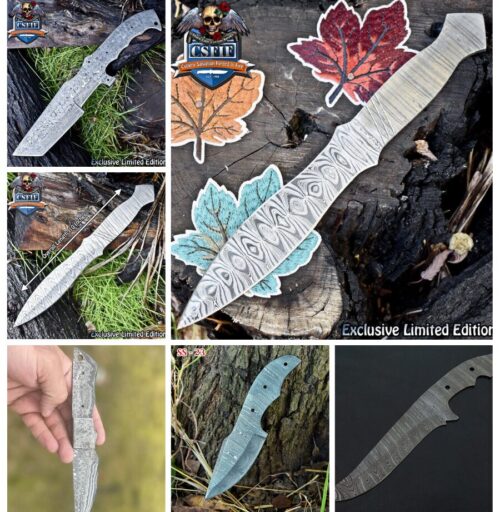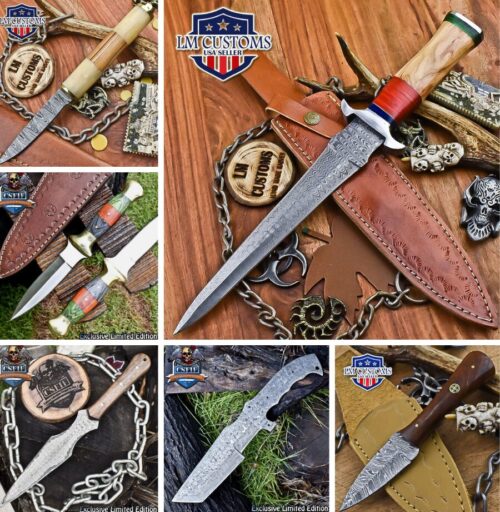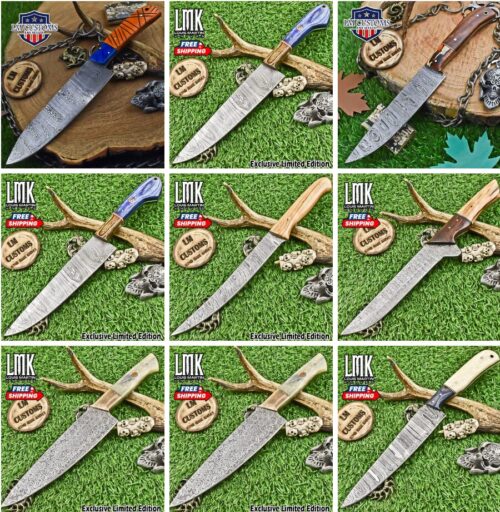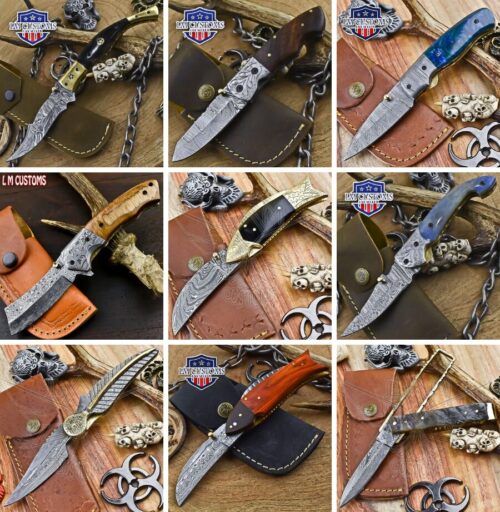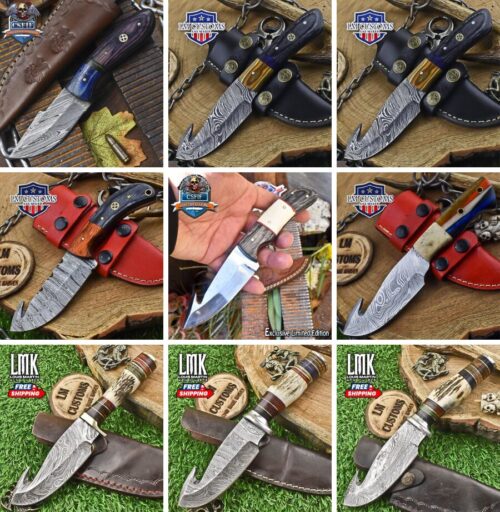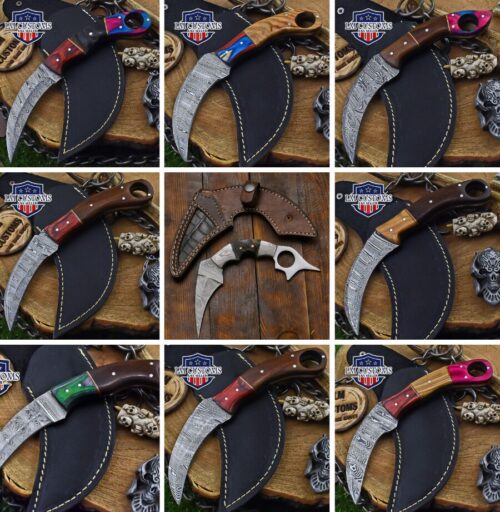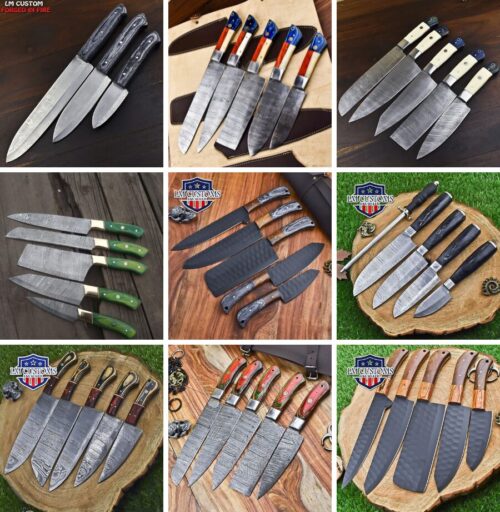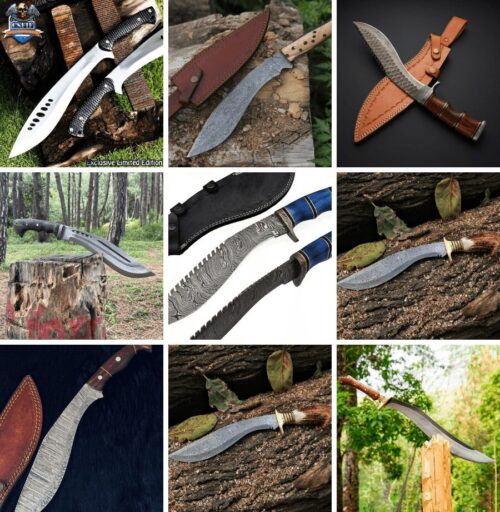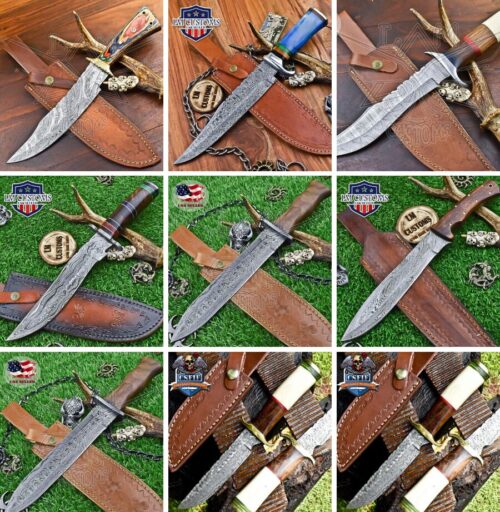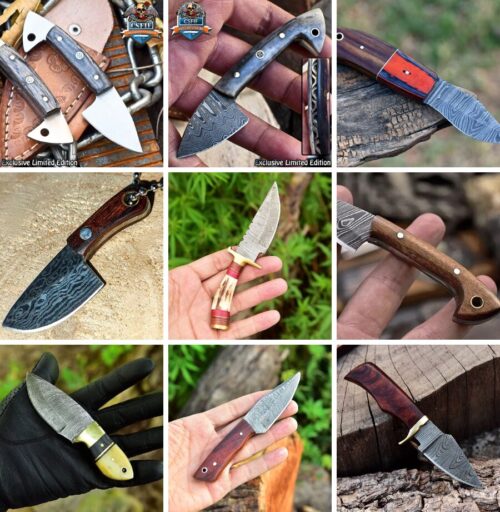Mastering the Art of Cleaver Knife
A cleaver knife, with its thick, heavy blade, is often the go-to choice for tasks like chopping bones, crushing garlic, and slicing through tough cuts of meat. To ensure its longevity and optimal performance, regular care is essential. Proper maintenance not only extends the life of your cleaver but also ensures food safety by preventing cross-contamination.
- Cleaver knives have a storied history that spans centuries and continents.
- Originally developed in China during the ancient Han Dynasty, these knives were initially designed for agricultural purposes, such as chopping through bones and tough vegetation.
- Over time, they evolved into essential tools for Chinese chefs, who recognized their incredible utility in the kitchen.
Most Selling Meat Cleaver Knife
Cleaning Tips
Blade Oiling
Periodically, apply a thin layer of food-safe mineral oil to the blade. This prevents rust and corrosion. Afterward, wipe off any excess oil with a clean, dry cloth.
Caution
While cleavers are designed to handle tough tasks, avoid cutting bones directly. Always use a cutting board or a towel as a cushion to protect the blade from undue stress.
Regular Inspection
Make it a habit to inspect your Meat cleaver knife regularly for any signs of wear and tear.
Embrace the Cleaver’s Culinary Magic: Unlocking the Art of Versatility
In the world of culinary craftsmanship, there exists a tool that embodies both power and precision, a kitchen companion that has been honed over centuries to become a symbol of culinary excellence—the best cleaver knife. To truly appreciate this exceptional blade, one must embark on a journey into its rich history, delve into its unique anatomy, explore its vast range of culinary applications, and learn the art of its meticulous care.
The Meat cleaver knife's origin traces back to ancient China, where it emerged during the Han Dynasty. Initially devised for agricultural tasks, such as clearing fields and cutting through tough vegetation, it soon found its way into the realm of cuisine. Chinese chefs recognized its potential and began harnessing its formidable qualities in their kitchens. Over time, the cleaver's influence extended far beyond China's borders, captivating the hearts of chefs and cooks worldwide.
At the core of the cleaver's allure lies its distinct anatomy. Its blade, notably thick and robust, exudes strength and resilience. The wide, flat surface of the blade, coupled with its sharp edge, grants the cleaver a unique ability to tackle an array of culinary tasks with finesse. The handle, crafted from materials like wood or durable composites, offers both comfort and control. Many high-quality cleavers boast a full tang design, where the blade extends through the handle, providing added stability and balance—a testament to thoughtful craftsmanship.
The cleaver's versatility in the kitchen is nothing short of remarkable. It is the quintessential tool for chopping and dicing, with its substantial blade and precise control rendering vegetables, herbs, and fruits beautifully prepared. When it comes to meat, the cleaver is a maestro of butchery, deftly breaking down large cuts, trimming fat, and slicing through bones. Its flat side excels at crushing and smashing ingredients like garlic and ginger, effortlessly releasing their flavors. This culinary virtuoso shines brightest when confronted with the toughest of ingredients, from coconuts and pineapples to unyielding winter squash.
To preserve the cleaver's magic, one must exercise diligent care and maintenance. Hand washing, with mild dish soap and a soft sponge, is imperative, as the harsh conditions of a dishwasher can mar its blade. Prompt drying with a clean towel safeguards against moisture-induced foes like rust and corrosion. Regular sharpening, either with a quality sharpening stone or honing rod, maintains the edge's precision. For those seeking perfection, professional sharpening services offer an avenue to fine-tune this culinary masterpiece. Safe storage, whether in a knife block, on a magnetic strip, or with blade guards, ensures both blade and fingers remain secure.
Unveiling the Power of Cleaver Knives: Versatile Blades for Culinary Mastery
In the realm of kitchen cutlery, few tools can match the versatility and raw power of the cleaver knife. With its distinctive shape and formidable blade, the cleaver is a culinary masterpiece that has stood the test of time. In this detailed exploration, we dive deep into the world of cleaver knives, shedding light on their history, anatomy, uses, and the art of caring for these exceptional blades.
Conclusion: Embrace the Damascus Cleaver’s Culinary Magic
In the world of culinary craftsmanship, there exists a tool that embodies both power and precision, a kitchen companion that has been honed over centuries to become a symbol of culinary excellence—the Meat cleaver knife. To truly appreciate this exceptional blade, one must embark on a journey into its rich history, delve into its unique anatomy, explore its vast range of culinary applications, and learn the art of its meticulous care.
